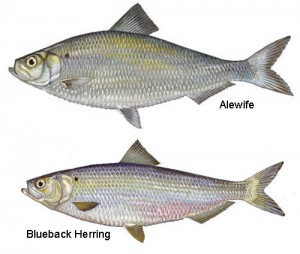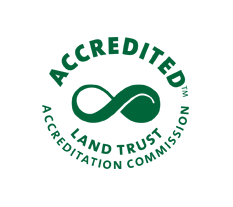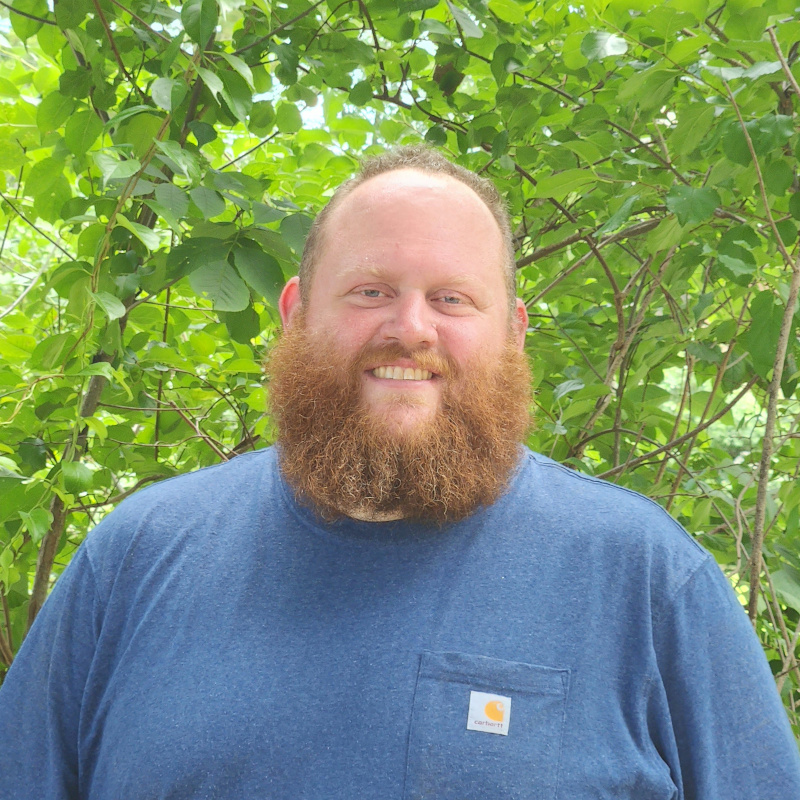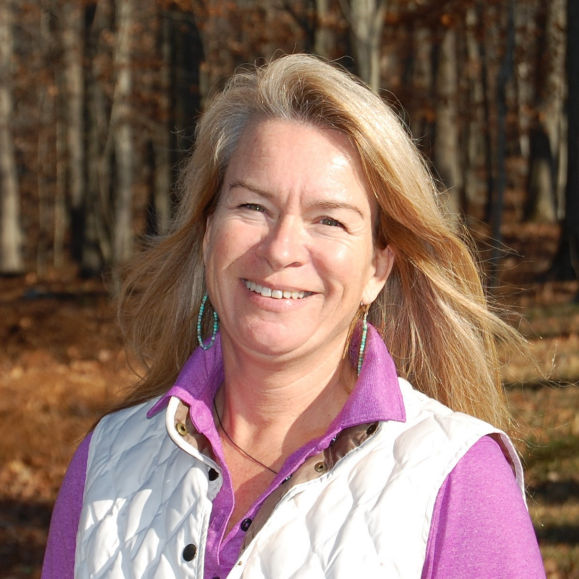Time: Starting at 9:00 am
Place: Lyme-Old Lyme High School and various fishways
Contact Email:
Presenter: CTDEEP, The Nature Conservancy, Princeton Hydro
 World Fish Migration Day started in Europe and has spread worldwide. The State of CT Department of Energy and Environmental Protection (CTDEEP) has teamed up with The Nature Conservancy and Princeton Hydro to organize events in CT.
World Fish Migration Day started in Europe and has spread worldwide. The State of CT Department of Energy and Environmental Protection (CTDEEP) has teamed up with The Nature Conservancy and Princeton Hydro to organize events in CT.
Start the day with Steve Gephard, a fish biologist with the CTDEEP, and Sally Harold, Director of Migratory Fish Projects with The Nature Conservancy, and listen to their talks on migratory fish. Steveâs talk will focus on the biology of the various species of migratory fish found in Connecticut, their status, and describe some of the threats facing them. Sally will review the various dam removal and fishway construction projects undertaken in Connecticut by a variety of partners working to restore runs to Connecticut waters. After the talk, attendees may visit one or more of the participating fishways. For more information go to: http://nature.org/ctfish
One of the locations on the tour is the newly opened fishladder at the Rogers Lake dam. The alewife, an anadromous fish, will be able to migrate into Rogers Lake for the first time since the dam was built in the 1600s. Anadromous fish are born in fresh water, migrate to the ocean as they mature, and then return to the fresh water to spawn. When the dam was built centuries ago, some of the alewife that were trapped in the lake survived and established a landlocked colony. Even though they are the same species, the anadromous alewife and the landlocked alewife have evolved to look quite different. Read an interesting article by Richard Coniff about the reunion of these fish cousins: Love on Rogers Lake: A Tale of Two Alewives.
 World Fish Migration Day started in Europe and has spread worldwide. The State of CT Department of Energy and Environmental Protection (CTDEEP) has teamed up with The Nature Conservancy and Princeton Hydro to organize events in CT.
World Fish Migration Day started in Europe and has spread worldwide. The State of CT Department of Energy and Environmental Protection (CTDEEP) has teamed up with The Nature Conservancy and Princeton Hydro to organize events in CT.
Start the day with Steve Gephard, a fish biologist with the CTDEEP, and Sally Harold, Director of Migratory Fish Projects with The Nature Conservancy, and listen to their talks on migratory fish. Steveâs talk will focus on the biology of the various species of migratory fish found in Connecticut, their status, and describe some of the threats facing them. Sally will review the various dam removal and fishway construction projects undertaken in Connecticut by a variety of partners working to restore runs to Connecticut waters. After the talk, attendees may visit one or more of the participating fishways. For more information go to: http://nature.org/ctfish
One of the locations on the tour is the newly opened fishladder at the Rogers Lake dam. The alewife, an anadromous fish, will be able to migrate into Rogers Lake for the first time since the dam was built in the 1600s. Anadromous fish are born in fresh water, migrate to the ocean as they mature, and then return to the fresh water to spawn. When the dam was built centuries ago, some of the alewife that were trapped in the lake survived and established a landlocked colony. Even though they are the same species, the anadromous alewife and the landlocked alewife have evolved to look quite different. Read an interesting article by Richard Coniff about the reunion of these fish cousins: Love on Rogers Lake: A Tale of Two Alewives.






